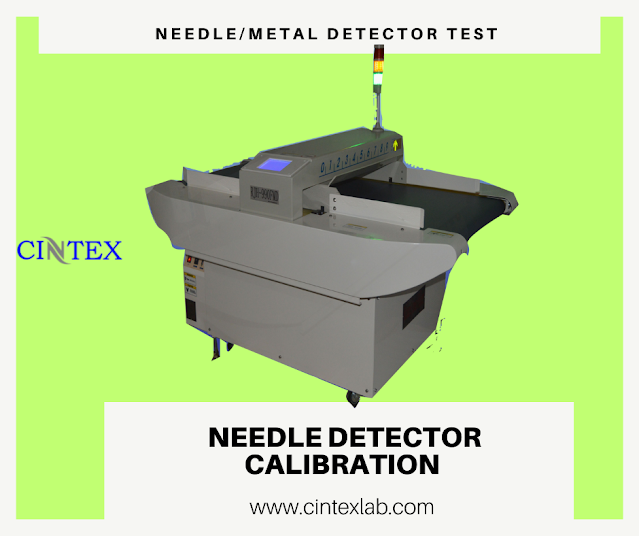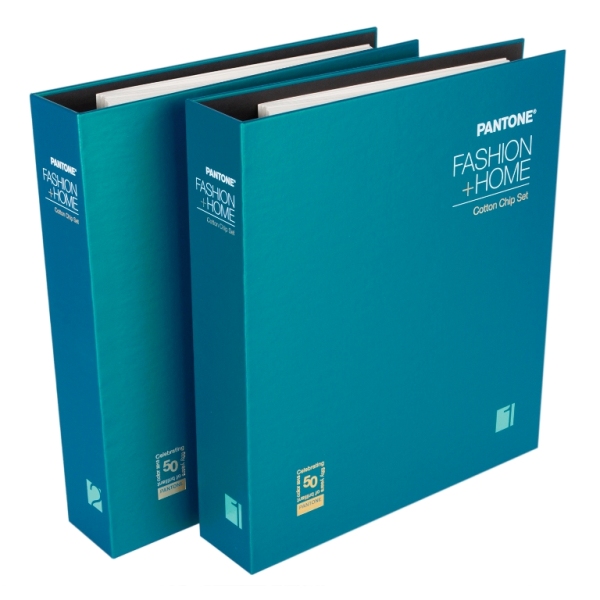What is 22 point test of a needle detector?
The 22-point test of needle detectors is a standardized procedure used in the textile industry to test the effectiveness and sensitivity of needle detection machines. This test is conducted to ensure that the needle detector is capable of detecting any broken or missing needles that may be present in textile products, thereby preventing harm to consumers and maintaining quality control.
Needle detection machines use advanced technology to detect the presence of metal contaminants in textile products. The machines work by emitting a magnetic field that interacts with metal objects present in the textile, which causes the machine to produce an alarm or stop the textile product from moving forward. Needle detection machines are critical for ensuring the safety of textile products and avoiding injuries to consumers.
The 22-point test is designed to evaluate the sensitivity of needle detection machines in detecting metal contaminants. The test involves placing 22 metal test pieces of various sizes and shapes at specific locations within a textile sample. The test pieces are made of ferromagnetic materials, such as iron or steel, and simulate broken or missing needles that may be present in textile products.
The 22 metal test pieces are placed in the following locations within the textile sample:
- At the center of the sample
- In the upper left corner of the sample
- In the upper right corner of the sample
- In the lower left corner of the sample
- In the lower right corner of the sample
- In the upper edge of the sample, 5 cm from the left corner
- In the upper edge of the sample, 5 cm from the right corner
- In the lower edge of the sample, 5 cm from the left corner
- In the lower edge of the sample, 5 cm from the right corner
- In the left edge of the sample, 5 cm from the upper corner
- In the left edge of the sample, 5 cm from the lower corner
- In the right edge of the sample, 5 cm from the upper corner
- In the right edge of the sample, 5 cm from the lower corner
- In the center of the upper edge of the sample
- In the center of the lower edge of the sample
- In the center of the left edge of the sample
- In the center of the right edge of the sample
- In the upper left quadrant of the sample, 5 cm from the center
- In the upper right quadrant of the sample, 5 cm from the center
- In the lower left quadrant of the sample, 5 cm from the center
- In the lower right quadrant of the sample, 5 cm from the center
- In the center of the sample, 5 cm from the edge
Once the 22 metal test pieces have been placed in the textile sample, the sample is passed through the needle detector machine. The machine must detect all 22 metal test pieces and produce an alarm or stop the textile product from moving forward.
If the needle detector machine fails to detect any of the metal test pieces, it may indicate that the machine is not sensitive enough or that it requires maintenance. The 22-point test is performed on a regular basis to ensure the continued effectiveness of the needle detector machine in detecting metal contaminants.
In addition to the 22-point test, needle detection machines may also be subject to other types of tests, such as the sensitivity test, the stability test, and the uniformity test. These tests are designed to ensure that the needle detector machine is functioning correctly and is capable of detecting metal contaminants in various types of textile products.
In conclusion, the 22-point test of the needle detectors is a critical quality control procedure used in the textile industry to ensure the safety and quality of textile products. This test involves placing 22 metal test pieces at specific locations within a textile sample and passing it through the needle detector machine to ensure that it can detect all 22 metal test pieces, simulating broken or missing needles that may be present in actual production.







